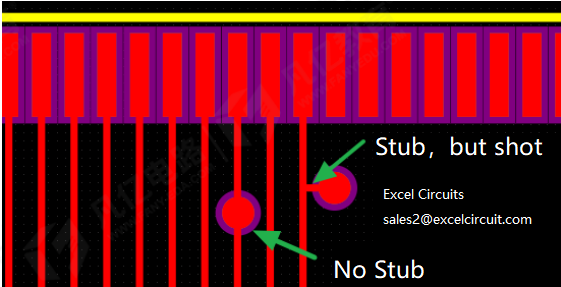Liquid crystal display (LCD) and touchscreen technology have become core components of various electronic devices, from smartphones to televisions and medical devices. Among these devices, PCB design is crucial for the performance and reliability of LCD and touch screens. The following will discuss the PCB design requirements for LCD screens and touch screens to help engineers and designers create excellent products.
Familiar with the working principles of LCD and touchscreen
Before conducting PCB design, it is crucial to understand the working principles of LCD screens and touch screens. LCD screens use liquid crystals to control the transmission of light, while touch screens can detect and respond to user touch inputs. These basic principles are crucial for correct PCB design.
Circuit layout and signal integrity:
Ensure that the circuit layout on the PCB considers signal integrity to reduce crosstalk and signal interference. Isolate the circuits of LCD and touch screen from other electronic components, and use appropriate ground and power plane layers to ensure stable electrical performance.
Power supply and power management:
Providing a stable power supply for LCD and touch screens is crucial. Use appropriate power management circuits to ensure the stability of current and voltage to prevent display screen flickering or abnormal operation.
Interface design:
Design appropriate interface circuits to connect the LCD and touch screen to the main controller. Considering data transmission rate and signal integrity, choose the correct interface standard, such as MIPI DSI (Mobile Display Interface) or LVDS (Low Voltage Differential Signal).
Ground wire and shielding:
Proper management of ground wires is crucial to ensuring low noise and high performance. Use appropriate ground wire layout and shielding technology to reduce interference and improve signal quality.
PCB hierarchy:
When designing a PCB, consider the use of multi-layer PCBs. This can help isolate different signal layers, reduce crosstalk, improve signal integrity, and provide better heat dissipation performance.
- All display interfaces (whether in the form of interfaces or FPCs) should be placed as close as possible to the board edge for easy insertion and removal.
- Do not place the main chip too far away from the display interface, and try to shorten the wiring distance as much as possible.
- The decoupling capacitors of the screen and touch screen cannot be removed and placed close to the pins;
- The FB end current limiting resistor of the LED backlight IC should be placed near the screen base instead of DC-DC;
- Backlight boost circuit, please pay attention to capacitor placement and power wiring to ensure the minimum charging and discharging circuit of the power supply;
- If there are reserved test points for the screen and touch screen connection base, they should be close to the connection base and the stubs on the wiring should be as short as possible, as shown in Figure 1.
1

Thermal management:
LCD screens and touch screens may generate a large amount of heat. Ensure that heat dissipation measures, such as heat sinks or heat dissipation pads, are considered in PCB design to prevent overheating and maintain a stable operating temperature.
Maintenance and Maintainability:
Considering maintainability, PCB design should ensure easy access and replacement of LCD and touch screen. This is crucial for both product lifespan and maintenance costs.
Conclusion:
The PCB design of LCD screens and touch screens is a key factor in ensuring the performance and reliability of electronic devices. The correct PCB design requires engineers to have a deep understanding of the working principles of LCD and touch screens, as well as how to optimize circuit layout, power supply, interface design, ground wire management, and heat dissipation measures. Following these design requirements can ensure product stability and user satisfaction.

